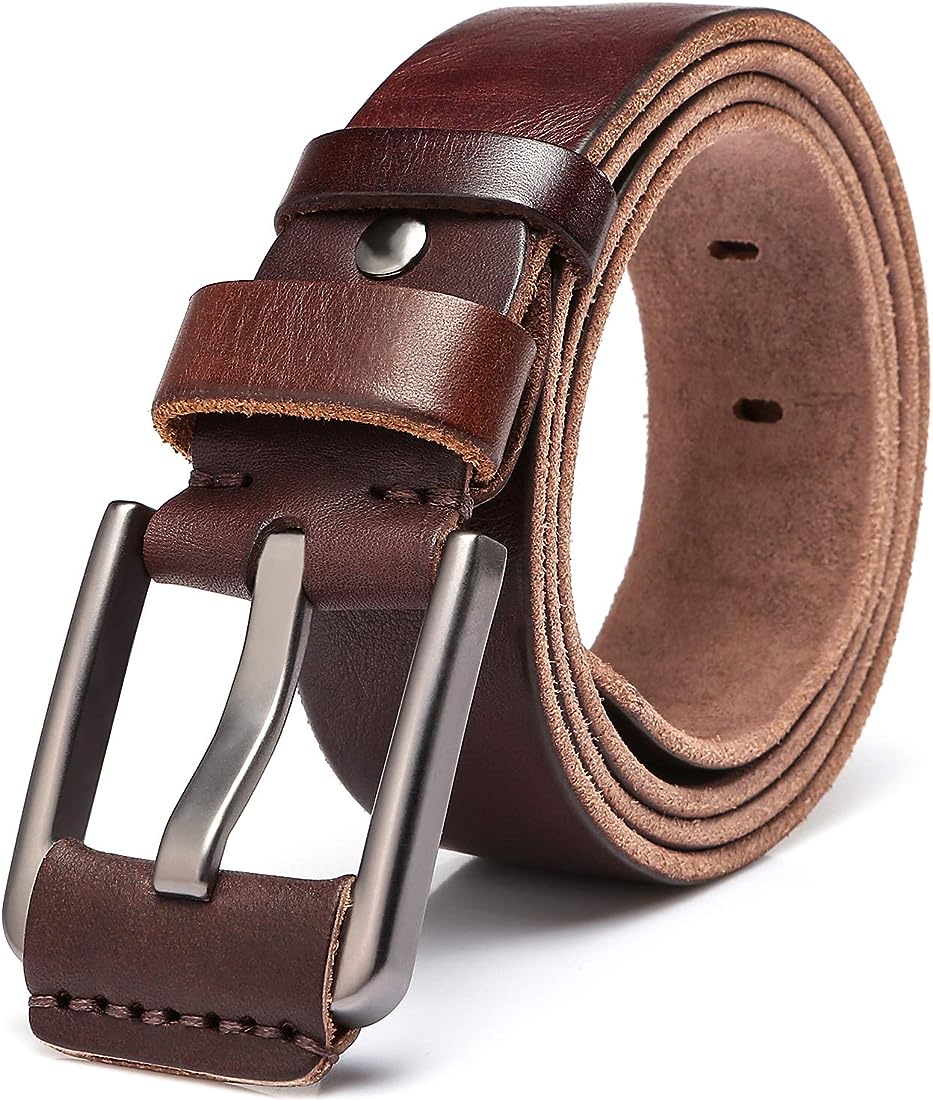A quality leather belt is more than just an accessory that holds up your pants; it is a statement of style, craftsmanship, and durability. The best leather belts are made with precision and attention to detail, utilizing exceptional materials and skilled craftsmanship. In this article, we will delve into the anatomy of a quality leather belt, exploring the materials used and the craftsmanship that goes into creating this essential accessory.
Materials:
The materials used in crafting a leather belt are fundamental to its quality, appearance, and longevity. Here are the key components of a quality leather belt:
- Genuine Leather:
The foundation of any leather belt is, of course, genuine leather. The best leather belts are typically crafted from full-grain or top-grain leather. Full-grain leather is considered the highest quality as it retains the outermost layer of the hide, showcasing the natural grain and imperfections. This type of leather is exceptionally durable and develops a beautiful patina over time. Top-grain leather is also high-quality, with a smooth surface that's often used for more refined or formal belts.
- Tanning Process:
The tanning process is crucial in preparing the leather for belt production. Vegetable tanning, chrome tanning, and other methods are used to treat the leather. Vegetable tanning is known for its environmentally friendly approach and the ability to develop a rich patina with time. Chrome tanning is efficient and results in a supple and uniform leather surface. The tanning process affects the leather's texture, color, and resistance to wear.
- Lining Material:
A quality leather belt often includes a lining material on the backside of the belt. This lining adds stability, reinforcing the belt and preventing stretching or deformation over time. Genuine leather or suede is commonly used for lining, ensuring durability and a polished appearance.
- Buckles:
The buckle is a crucial component of a leather belt, and high-quality belts use sturdy and well-designed buckles. Buckles can be made from various materials, including solid brass, stainless steel, or other metals. The choice of buckle material not only affects the belt's aesthetics but also its resistance to corrosion and wear.
- Stitching Thread:
The stitching thread used in a leather belt should be strong and durable. Nylon and polyester threads are often preferred due to their resistance to wear and tear. The stitching secures the layers of the belt and adds to its overall strength.
Craftsmanship:
The materials used in a leather belt are essential, but the craftsmanship that goes into its creation is equally critical. Here's a closer look at the craftsmanship involved in producing a quality leather belt:
- Cutting and Shaping:
The process begins with cutting the leather into the desired width and length for the belt. Skilled craftsmen meticulously shape the leather to ensure that it is straight and even.
- Edges and Beveling:
The edges of the leather are beveled and smoothed to create a refined appearance. This process involves carefully trimming and rounding the edges to avoid rough or sharp edges.
- Stitching and Bonding:
The layers of the belt, including the leather and lining, are securely stitched together to create a robust structure. The stitching is evenly spaced and runs parallel to the length of the belt. In some cases, an additional bonding process is used to reinforce the layers.
- Buckle Attachment:
Attaching the buckle to the belt is a precise process that requires attention to detail. The buckle is secured in place with sturdy prongs or screws, ensuring it remains firmly attached.
- Burnishing:
Burnishing is the process of smoothing and polishing the edges of the belt. Craftsmen use various tools to create a neat and finished edge that complements the belt's overall appearance.
- Hole Punching:
The creation of evenly spaced and properly sized holes for the buckle is an essential part of the process. This ensures that the belt can be adjusted to different waist sizes while maintaining its structural integrity.
- Final Finish:
After all the components are assembled and the belt is shaped, it undergoes a final inspection and quality control check. Any imperfections are addressed, and the belt is given a final finish to enhance its appearance.
In conclusion, a quality leather belt is the result of exceptional materials and skilled craftsmanship. The best leather belts are crafted from genuine leather, with careful consideration of the tanning process and additional lining for stability. The craftsmanship involved in creating a leather belt encompasses cutting, stitching, attaching the buckle, and finishing touches like burnishing. When selecting a leather belt, understanding the materials and craftsmanship that go into its production can help you make an informed choice, ensuring that your belt not only looks great but also lasts for years to come.


No comments yet